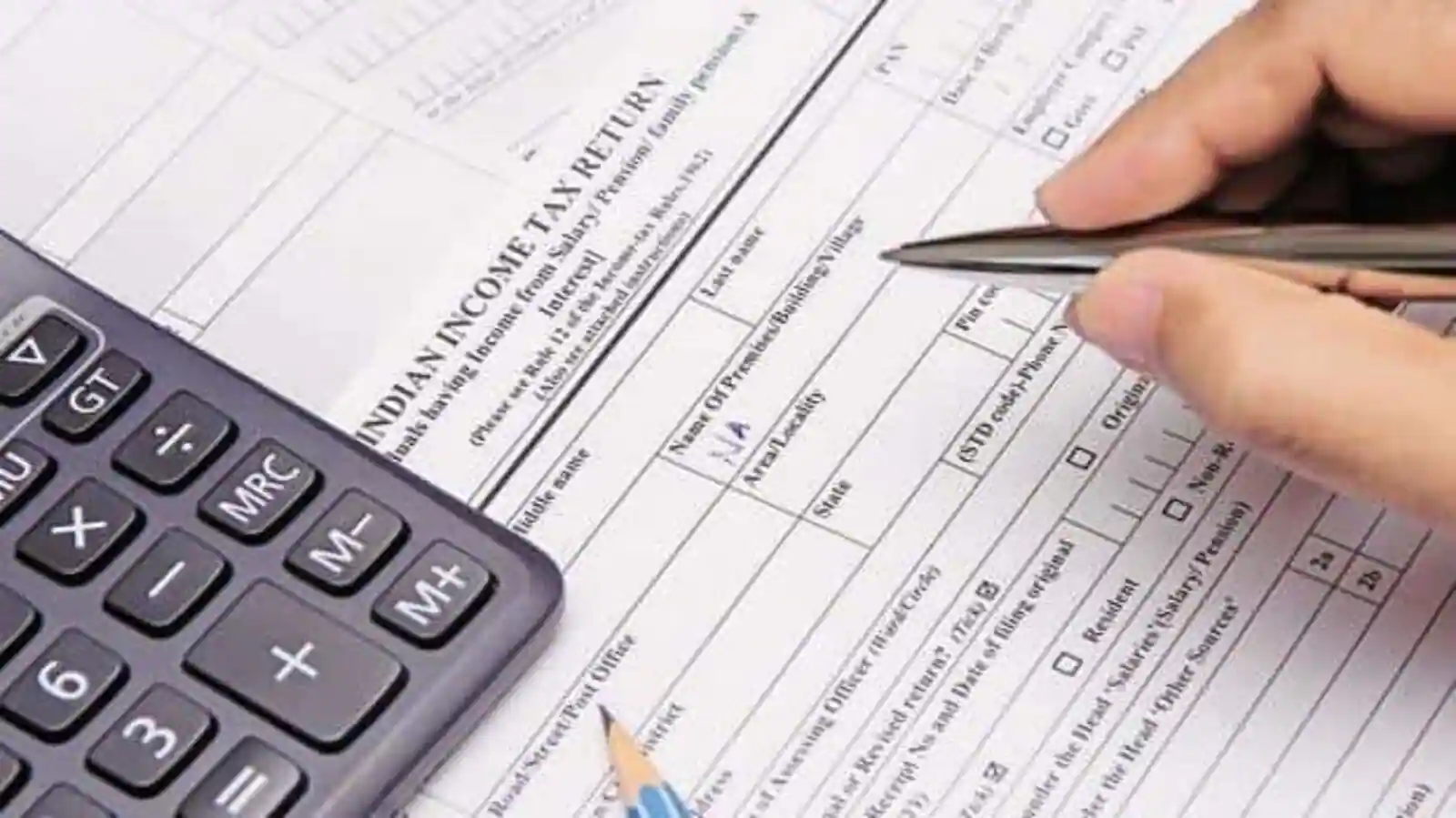The 1099 tax is now in force. As the creator and gig economy grows, more people are becoming 1099 contractors. But being a 1099 contractor isn’t easy. The procedure for submitting taxes is rather complex. You might be a self-employed person or you could have a job and work as a part-time freelancer. In both cases, you’ll have to pay 1099 taxes if you make 1099 earnings. You’re not alone if you’re feeling stressed, keep that in mind. Let’s simplify this.
Contents
What separates a self-employed individual from a 1099 contractor?
You are considered self-employed if you work as a freelancer. As a result, the income tax, also known as the self-employment tax, is due on your profits. Before utilizing the 1099 tax calculator, you must choose your tax payment option. You normally need to schedule quarterly tax payments and submit an annual return if you’re self-employed. Keep in mind that you have to pay both state as well as taxes on your AFI (adjusted gross income) – where applicable. But don’t worry, since you are self-employed you save more money by finding additional tax write-off.
The procedures for submitting an annual tax return are as follows:
You must submit a Schedule C form with your yearly taxes. As a self-employed person, you have to calculate the estimated amount of SECA (Social Security Contributions Act) tax. It includes Social Security and Medicare taxes. This tax has to be paid over the course of the year using the income determined using Schedule C. You can simply use Form 1040 of Form 1040 SR to keep track of your SECA contributions.
You’ll have to find self-employment AGI for the year to find your quarterly tax returns. To lower your income you’ll have to find write-offs so you will owe less in taxes. The IRS Form 1040-ES comes in handy this time, especially when it comes to finding out your estimated tax payments.
What kind of tax obligations do I have?
The payable quarterly tax amount depends on a number of things, like your income and the total value of tax deductions you find. As a general rule, independent contractors must pay two main taxes – self-employment taxes and income tax. Since we know this now, it’s a good thing to put aside at least 25 to 30% of your self-employment income for taxes. (Search for Tax Vault if you’d like to automate this!) Remember that increasing your deductions will lower your tax obligation.
How to lower my taxes using a 1099 tax calculator?
Utilizing a distance and expense tracker is the simplest way to reduce your payments. You easily write-off thousands of dollars in tax deductions merely by tracking your work-related travel and other expenses that help you get your work done. The more write-off you find in your expenses, the more money you are able to save.
Sam, for instance, uses Flyfin’s 1099 tax calculator to automatically track his work travel and costs. He exports this data and subtracts everything at tax time. He routinely discovers deductions of $6,500 per year. Remember itemizing high-value deductions like flights or business meals will significantly lower your taxable income consequently saving you more money on taxes.
Should you pay your taxes on a quarterly basis? If that’s the case, am I able to make quarterly tax payments?
You can figure out how much you owe each quarter by doing the following:
1. Self-employment AGI is important: Calculate your AGI on an annual basis.
You can use the IRS Form 1040-ES for calculating your federal estimated income taxes correctly. Every self-employed individual has to pay quarterly estimated tax if:
- You think that you’ll owe $1,000 or more in taxes
- You made more than $400 in your 1099 income.
In addition to the annual return, which is due on April 15th as a 1099 employee, tax payments are required every three months. You have to be very vigilant when it comes to paying your estimated tax on time. The four tentative tax payments due dates are April 15 (First quarter), June 15 (second quarter), Sep 15 (third quarter), and Jan 15 (fourth quarter) of the following year. The following business day is added to the filing deadline if it falls on a weekend or federal holiday. You run the danger of being punished if you don’t pay on time.
Utilizing tax credits is a fantastic additional approach to conserve money. You pay less tax as a result. The child tax credit 2022 and the education tax credit are some examples of tax credits.
Key takeaways from use the 1099 Tax Calculator[H2]
You are self-employed if you are a 1099 contractor.
You are frequently liable for quarterly and yearly taxes as a 1099 contractor.
Using a smartphone app like FlyFin to track your miles and spending is the simplest method to save money on taxes.
Flyfin software is the most used tax calculator in the world. By automatically estimating your business expenses, it enables you to take additional deductions worth thousands of dollars. Download your cost and mileage records while you are filing your taxes. Post this, you’ll have to either pass them to your accountant or immediately enter them to your tax preparation program.

